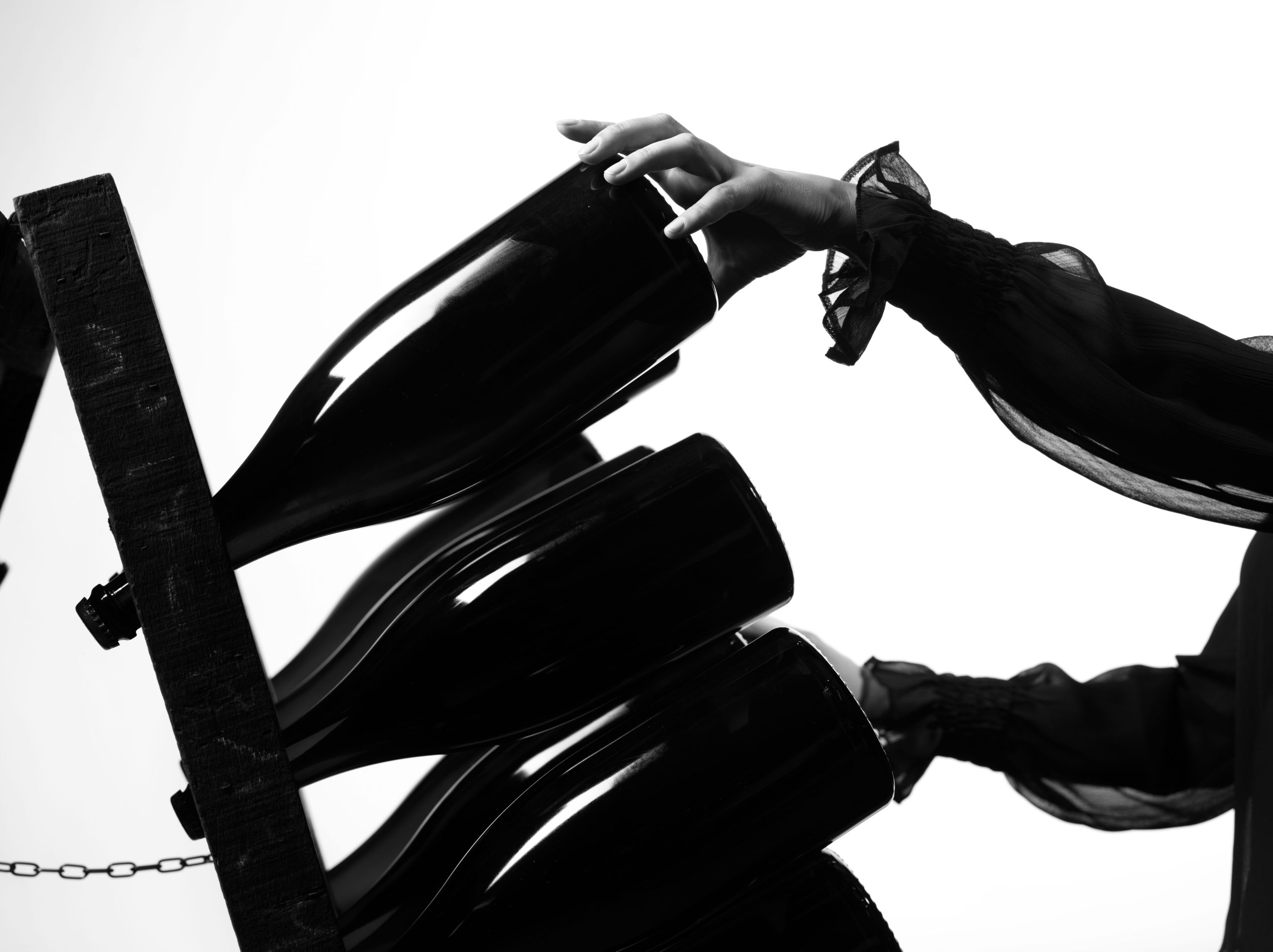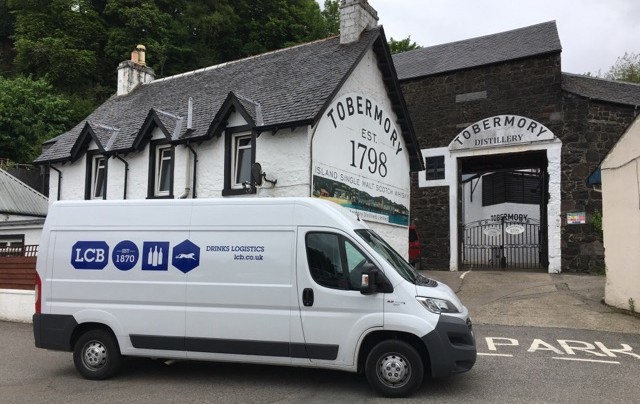Private Passions: Polyphonic symphony
Captivated by a recording of Georgian polyphonic songs he found as a teenager while growing up in the US, John Wurdeman began exploring Georgia from the age of 19 quickly finding himself seduced by all aspects of the Caucasian country’s ancient and deep-rooted traditions. Initially travelling around recording the traditional folk songs of the country and painting its people and landscapes (he is a graduate of the Maryland Institute in Baltimore and Surikov Institute in Moscow), little by little he was eventually drawn into that inescapable element of Georgian culture, its wine and co-founded the Pheasant’s Tears winery (with Gela Patalishvili, the pair apparently met when John was painting a vineyard) in 2007. Despite his new life in wine, he has never left behind his love for polyphonic singing or painting. He is in the UK until 8 May to promote Georgian wine, food and singing as part of the Georgia 100 film festival.
What inspired you to move to Georgia to paint in the first instance?
I found a recording of Georgian traditional polyphonic songs when I was 16 in Richmond, US. I was blown away by the music and dreamt of going to Georgia.
I was studying visual art but always had a passion for root music cultures and the power of Georgian polyphony shook me to my bones. I wanted to go there but it was 1991 and Georgia was in the middle of a turbulent war [a Civil War against secessionist regions that flared in the aftermath of the collapse of the Soviet Union].
In 1995, I came to Georgia for the first time, and my hosts took me to a restaurant. After many beautiful toasts washed down with glowing orange wine and surreal amounts of mezzo style platters that rendered the table like an oriental carpet of beautiful rainbow colours, they summoned musicians. The band that came in was the same that I heard on the recording back in 1991.
Serendipity, chance or destiny, I’m not sure but I knew my relationship with Georgia would not be a simple one! I returned in 1996 with a four track-recorder and a backpack and started recording songs in distant villages.
Do you still occasionally go recording local songs?
Yes, I still record some songs and we actually opened a school above our restaurant in Sighnaghi. The school aims to teach Polyphony singing to children. My wife Ketevan also leads a spectacular choir called Zedashe.
And do you have a favourite Georgian song? Or songs for that matter if picking one is too difficult?
There are so many songs I love and I must admit that it’s truly hard to select just one.
There are songs of many different styles and from different regions that are particularly well performed. But, if I had to pick just one, I would actually go for the Kakhetian repertoire performed by the early 20th century singer Dedas Levani from Shilda. This is probably my favourite!
Do you still paint today? If so, what do you like to paint and have you ever painted using wine?
I still paint, and love to paint the world around me, the places, people, and things I love. I always paint from life and like to experience the dialogue between myself and the subject. I have drawn with wine but not too often though.
What was it about Georgian wine that captured your interest?
My fascination with Georgia was coming in contact with a culture that was ancient and, at the same time, full of life and spontaneity, respect for the past and lust for life and the future. I grew up in a family that loved to garden and cook, but I had no more wine experience than any teenage university student.
I was 19 when I first visited Georgia and the colour, texture, cultural context of the wine was unlike anything I’d ever seen before! It was through thinking about authenticity in music and collecting the songs in rural villages that led me to being involved in food and wine. The food in the villages was so vibrant, earthy, real, the wines quaffable, and the urban manifestations of the culinary scene seemed neutered by comparison.
Partner Content
How would you say the Georgian wine industry has changed and developed both since you arrived in the country and since you co-founded Pheasant’s Tears?
At the beginning of the separation from the Soviet Union, there were families that made wine across Georgia and that was what most people drank. At the same time, large ‘wine factories’ were producing styles popular during the Soviet times, often sweet reds, and ‘me too’ wines copying international trends.
Now there is much more diversity. There are small growers that take farming naturally and fermenting in qvevri (terra cotta vessels buried in the ground) very seriously. Their wines have found themselves on the world’s top restaurants lists, and are exported to developed markets, like the UK, France, Denmark and Japan.
Other medium sized houses have larger production and are more international in style but are shooting for premium quality. In short, the natural wine scene is really exploding. We have more than 70 growers in the Georgian Natural Winemaker’s Association, they account for a small percentage of the national production, but they are arguably the wines attracting the most attention from cutting edge restaurants.
What other developments would you like to see for Georgian wine both domestically on the production side but also internationally in export markets?
Everything is going well but I’m just hoping these don’t grow to fast too soon. We need to keep quality and good farming at the base of what we are doing and while recognition and market demand is flattering, we still need to remember to constantly grow in our skills and knowledge as farmers.
Are there any particular grape varieties you don’t work with yet that you’d like to develop and why?
We work with 417 now! But in small quantities and we have planted many exotic ancient varieties in Meskheti, such as White Horse Breast, and Bezhano. We also recently planted Chkhveri in Adjara, we have endless curiosity but now need to focus on learning how to work with all the diverse soils and varieties.
What are you most looking forward to during this week’s Georgia 100 festival?
Giving cultural context to the films, sharing polyphonic songs, natural Georgian wines, and the cuisine of our restaurants Poliphonia and Azarphesha to stimulate our guests eyes, minds, ears, tongues souls and most of all – their hearts!
John Wurdeman features in the documentary Our Blood is Wine, which will be screened on Sunday 6 May at 8.15pm as part of the 5th Georgian Film Festival, Georgia 100: A Film Feast.
For tickets click here.




